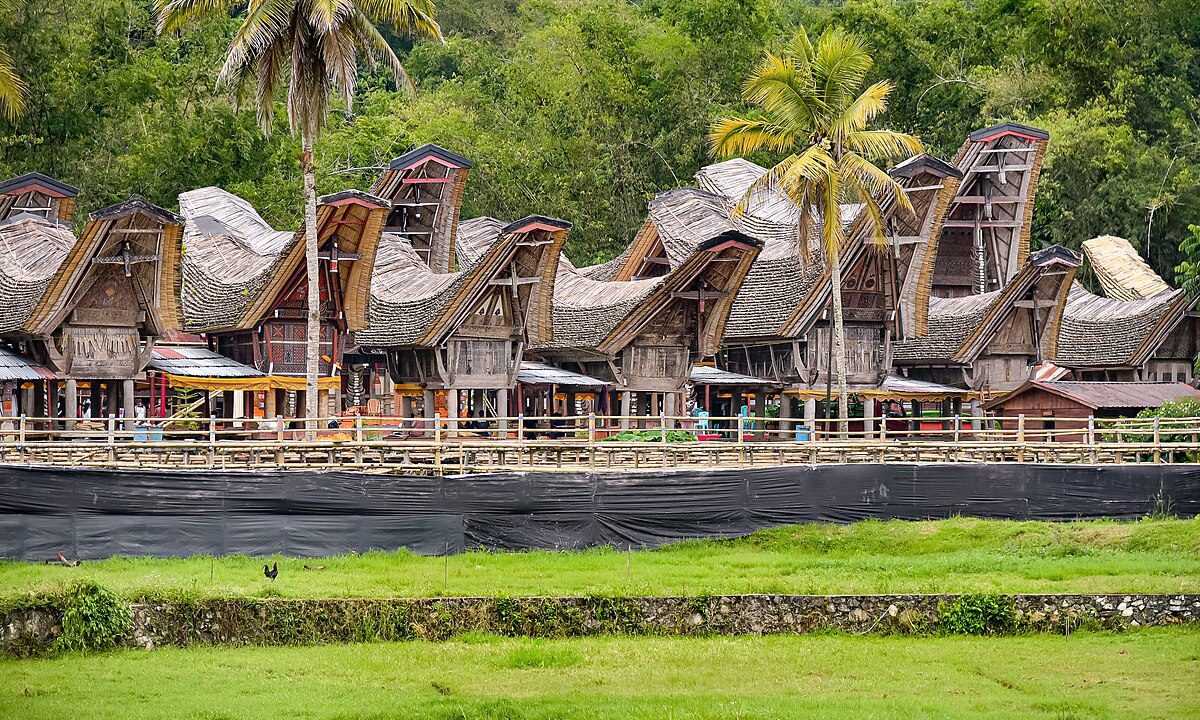Far from motorways and fast internet, many small villages keep rituals that rarely make it into headlines. Some revolve around the dead, some around harvests, some around invisible ties between land and story. Costumes, songs, and strange tests of courage carry values that laws alone could never hold. Seen from a distance they may look eccentric or theatrical. Up close, they reveal how communities teach responsibility, remember ancestors, and negotiate fear in places where nature still has the final word.
Toraja Highlands, Indonesia: Living With The Dead
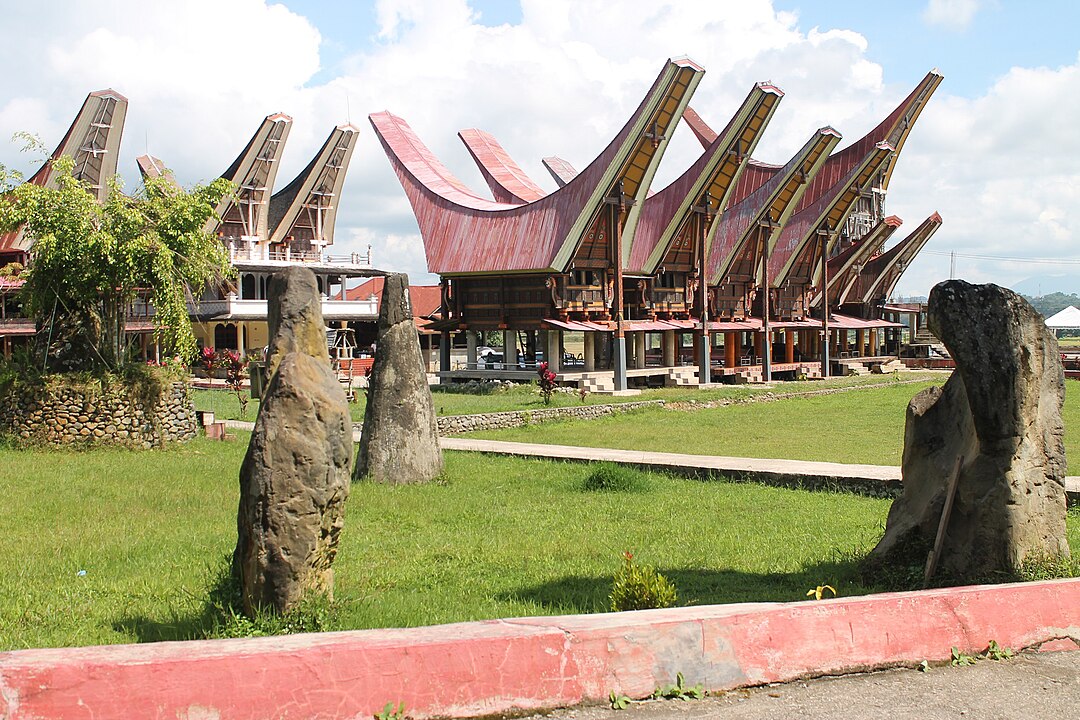
In the Toraja highlands of Sulawesi, death is treated as a drawn-out journey rather than a final break. Bodies may stay in family homes for months while relatives save for elaborate funerals filled with music, carved effigies, and buffalo sacrifices. Later, during the Ma’nene ceremony, families reopen tombs, clean and redress the preserved remains, then walk with them through the village. What can sound macabre from far away becomes, on the ground, a stubborn act of loyalty and care.
La Gomera, Spain: Conversations In Whistles
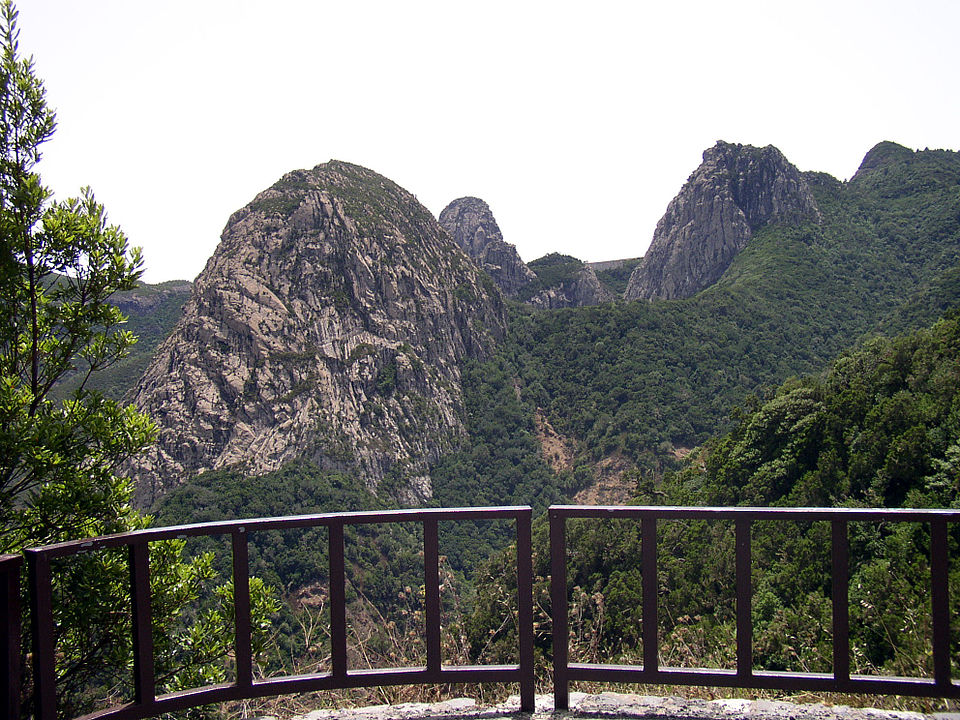
On La Gomera in the Canary Islands, villages scattered across steep ravines share news through a whistled language called Silbo. Residents turn whole Spanish sentences into piercing notes that bounce off cliffs and travel remarkable distances. The system once helped shepherds and farmers coordinate across deep gorges long before phones. Now it is also taught in schools, not as a quaint trick but as a working symbol of island identity, keeping mountain voices audible over modern noise.
Dong Villages, China: Nights Of Grand Song

In Dong, or Kam, villages of Guizhou and neighboring provinces, evenings often belong to choir rather than television. Groups gather in drum towers or open squares to sing polyphonic “Grand Songs” with no written scores and no conductor, each voice weaving around the others. Themes range from courtship to farming calendars and history. Children learn by standing among elders and joining in, so memory moves not through books but through shared breath, training both ear and community at once.
Oga Peninsula, Japan: Winter Visits From Namahage
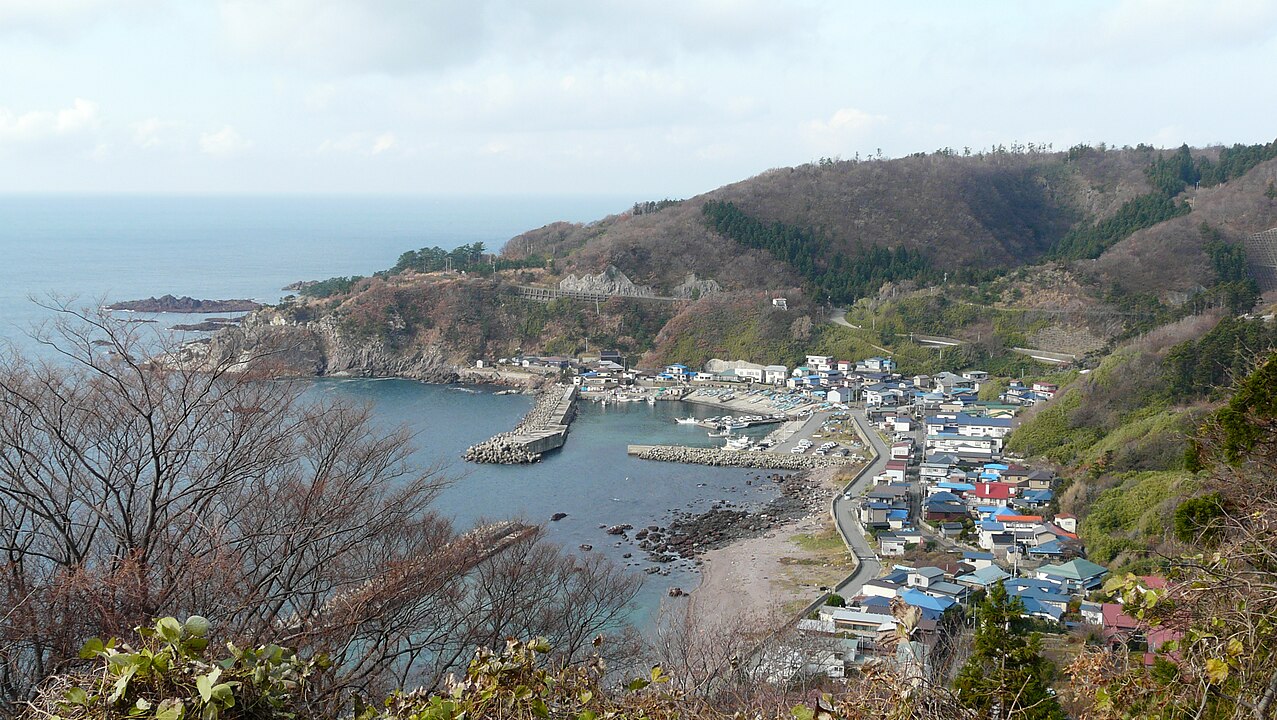
On the Oga Peninsula in northern Japan, New Year’s season brings masked figures called Namahage down from the hills into fishing villages. Wearing straw capes and demon faces, they hammer on doors, demand to know who has been lazy, and roar through kitchens while children cling to relatives. Families respond with food, drink, and promises to behave. The scene looks wild, but it follows a carefully agreed script that uses fear, humor, and noise to reset social expectations for the year.
Pentecost Island, Vanuatu: Leaping For The Yams
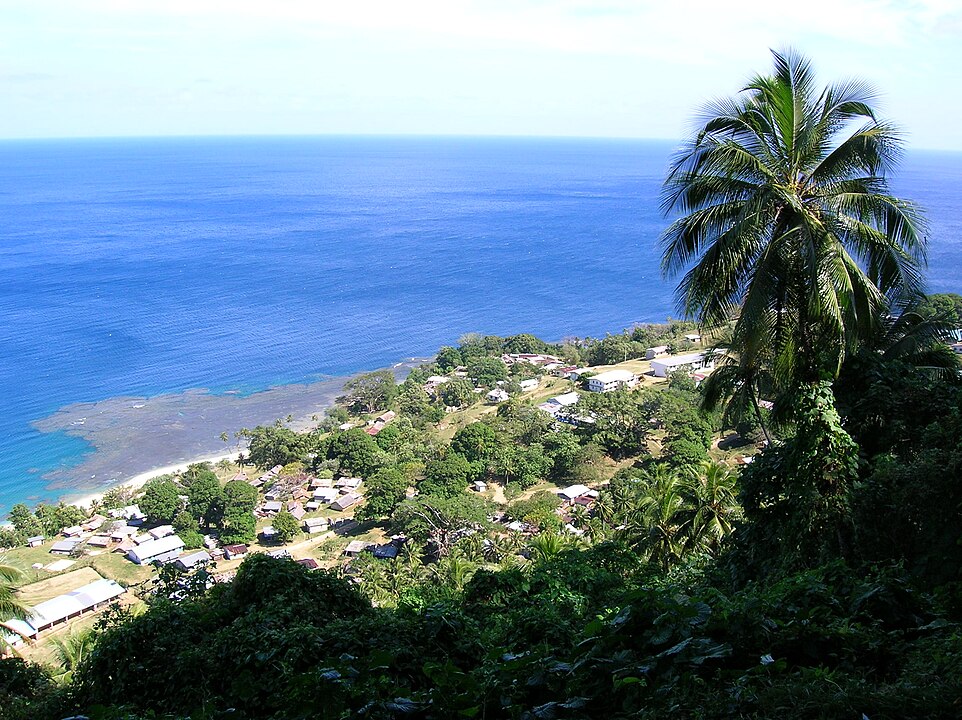
On Pentecost Island, in a few coastal and hillside villages, men still build towering wooden scaffolds and leap from them with vines tied to their ankles. The land diving ritual is linked to yam harvests and ideas of bravery, with each platform cut freshly from local timber as the vines come into season. Divers aim to brush the soil with their heads, offering a physical pledge to the earth. Crowds watch in tense silence, then erupt when each jumper stands again.
Bulgarian Villages: Kukeri Chasing Off Misfortune
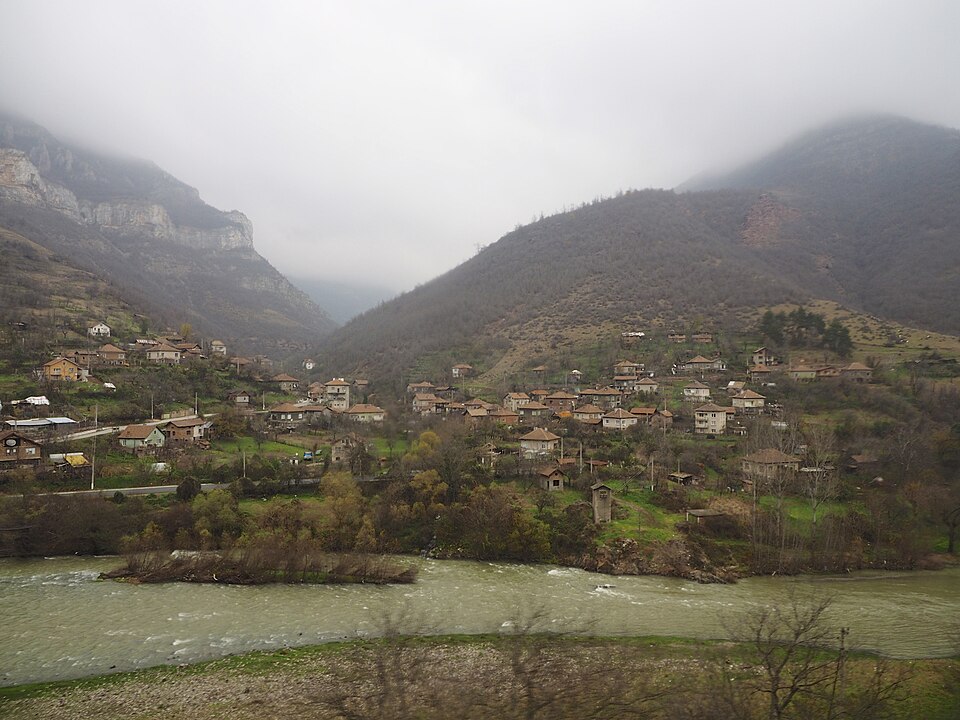
In rural Bulgaria, winter nights light up as Kukeri dancers stomp through snow-covered streets wearing heavy fur costumes, carved masks, and belts of clanging bells. The figures visit homes and village squares to scare away evil spirits and invite prosperity before spring planting. Each region adds its own embroidery, horn shapes, and dance steps, so costumes become as local as dialect. Children grow up knowing which neighbor hides behind which mask, even as the characters are treated with mock fear.
Castrillo De Murcia, Spain: Devils Jumping Over Cradles
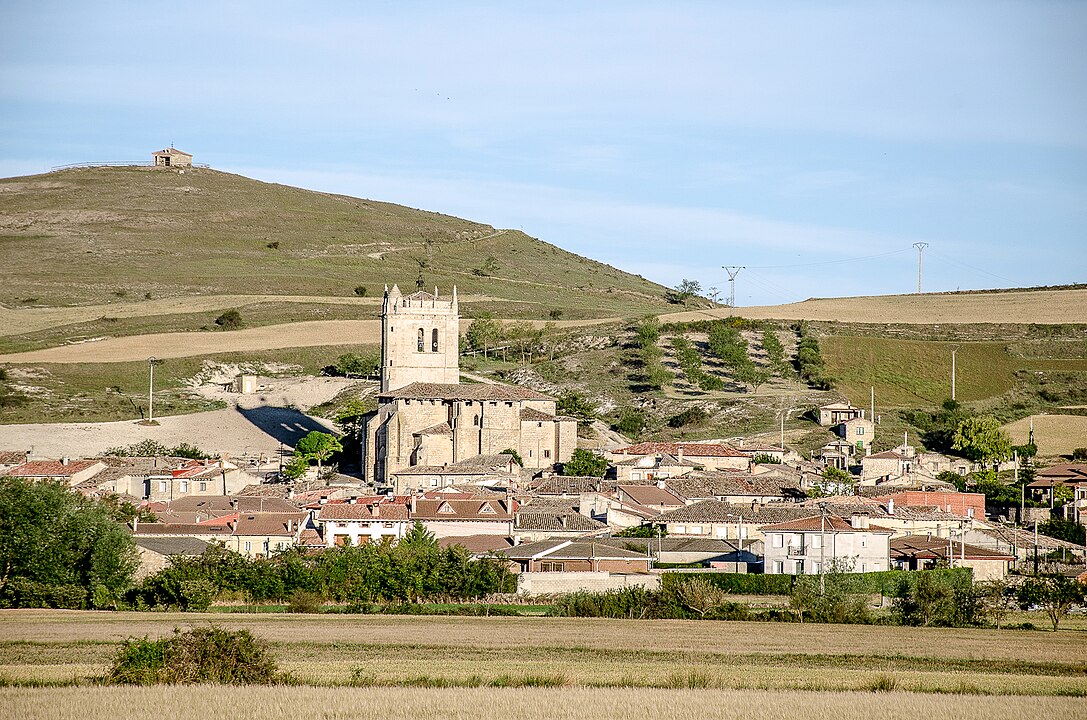
In the small village of Castrillo de Murcia, the festival of El Colacho sends men dressed as bright devils hurtling down narrow streets and leaping over rows of infants lying on mattresses. The tradition, rooted in 17th century practices, is believed to sweep away bad luck and offer a kind of spiritual protection. Priests, parents, and performers coordinate closely to keep things safe. The result feels like a collision of faith, theater, and trust played out in one breathless sprint.
Sepik River Villages, Papua New Guinea: Crocodile Skin Initiations

Along stretches of the Sepik River, some villages mark the passage to adulthood with initiation rites that carve patterns into young men’s skin. Cuts made across chest and back heal into raised scars that resemble crocodile scales, honoring the river’s apex predator and a revered ancestral figure. The process is painful and carefully supervised by elders, surrounded by songs, smoke, and strict rules. When healing ends, the new skin becomes a lifelong sign that the wearer belongs to river and clan.
Khasi Villages, India: Growing Bridges From Living Roots

In the misty hills of Meghalaya, Khasi and Jaintia villages coax aerial roots of rubber fig trees across streams to grow living root bridges. Families guide each root through hollowed trunks and bamboo frames, sometimes for decades, until the structure thickens enough to carry daily foot traffic. Children inherit half-finished spans along with fields and stories. The bridges handle monsoon floods better than metal, turning patient horticulture into infrastructure and making each path a visible contract between forest and village.
Lopburi, Thailand: Feeding The Monkey Neighbors
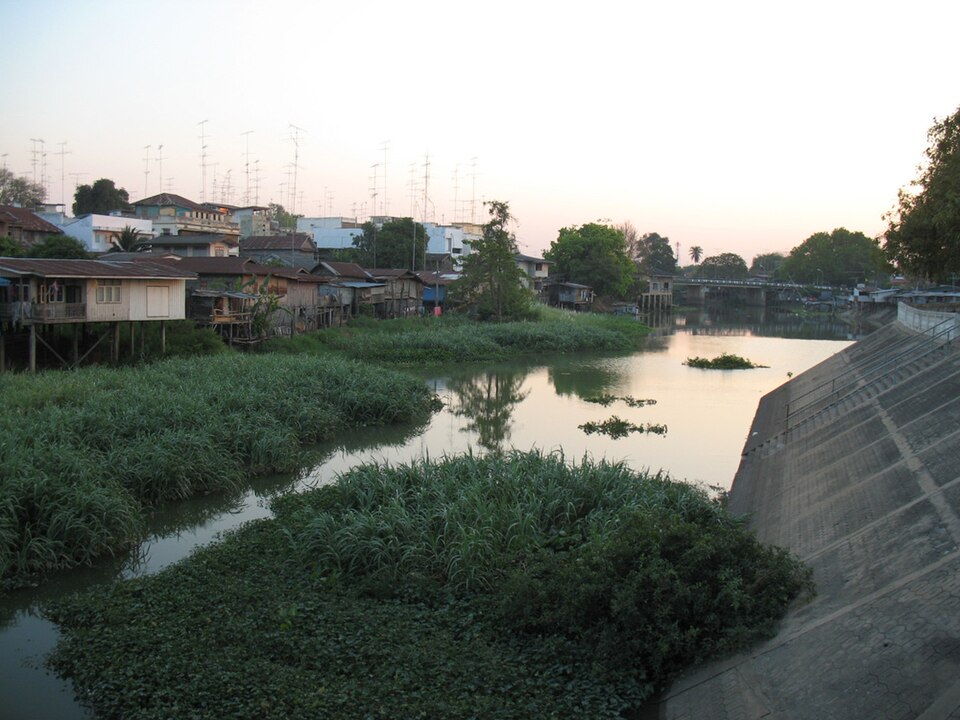
In the old quarter of Lopburi, around a Khmer-style temple, macaques have become almost full-time residents and mischief-makers. Each year, locals and business owners put on a Monkey Buffet Festival, stacking tables with fruit, vegetables, and sweets as an offering and public thank-you to the animals that attract visitors. The monkeys swarm the feast, tearing into watermelons and climbing decorations. Life in nearby streets includes locked windows, tangled wires, and a sense that the town is sharing space with a parallel society.
Yawanawá Villages, Brazil: Training The Forest Healers

In remote Yawanawá villages along Amazonian rivers, future healers train through long periods of restricted diet, isolation, and study with elders. They learn plant medicines, prayer songs, and vision rituals that organize both treatment and meaning when illness strikes. The work requires patience more than spectacle: months of avoiding certain foods, listening during night ceremonies, and sitting with the forest’s rhythms. In places where clinics are distant or thinly supplied, this knowledge remains both spiritual backbone and practical healthcare system.
